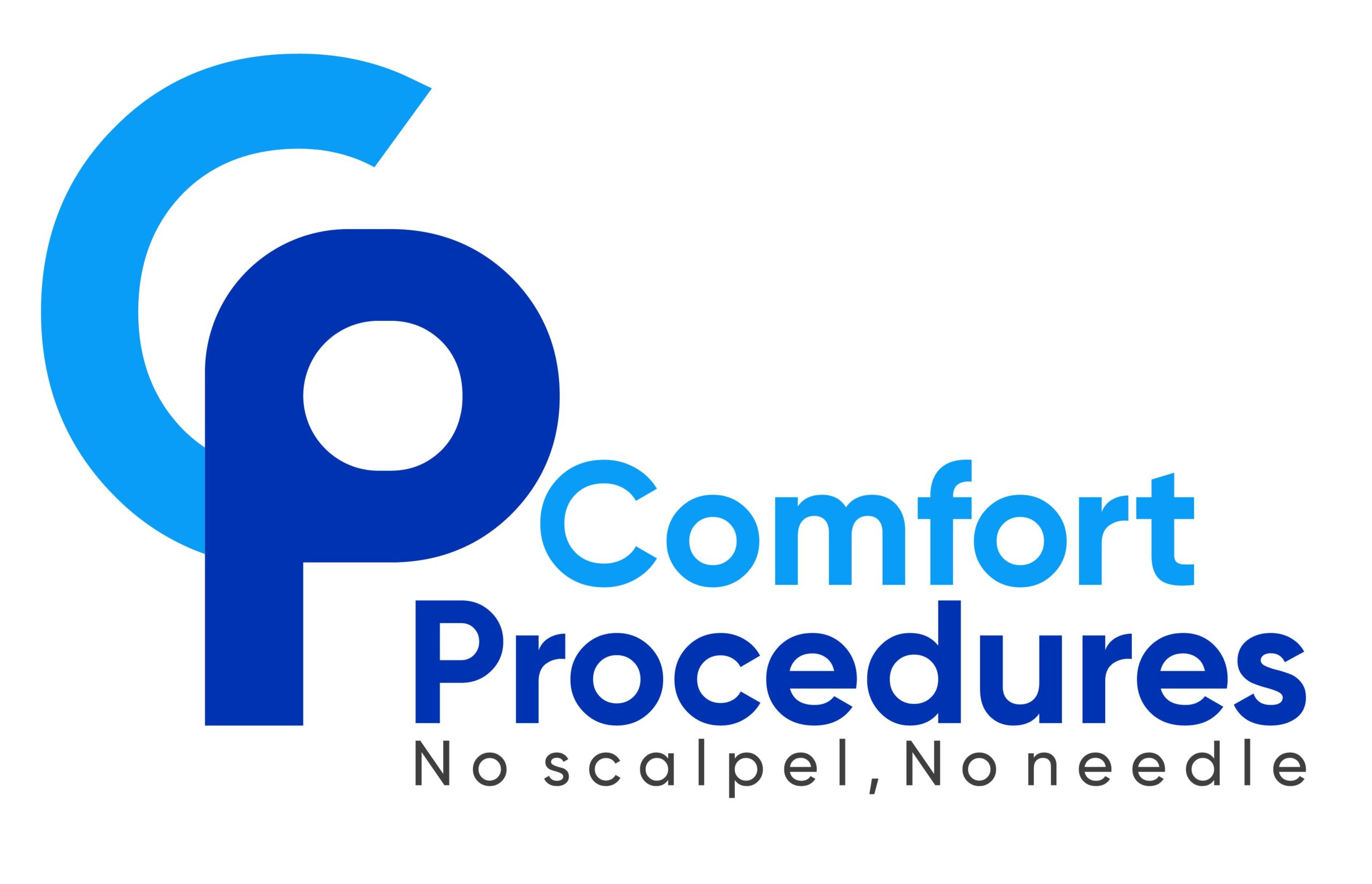A no-scalpel vasectomy is a popular choice for those seeking a permanent birth control solution. This minimally invasive procedure offers numerous benefits, but it’s natural to have questions. In this post, we’ll address some of the most frequently asked questions about no-scalpel vasectomy to help you make an informed decision.
Table of Contents
- What is a No-Scalpel Vasectomy?
- Procedure Overview
- Benefits of No-Scalpel Vasectomy
- Recovery and Aftercare
- Effectiveness and Long-Term Considerations
What is a No-Scalpel Vasectomy?
A no-scalpel vasectomy is a modern approach to male sterilization. Unlike traditional vasectomy methods that use a scalpel to make incisions, the no-scalpel technique involves a tiny puncture to access the vas deferens. This method reduces bleeding, infection risk, and recovery time, making it a preferred option for many.
Procedure Overview
The no-scalpel vasectomy is a straightforward procedure typically performed in a doctor’s office under local anesthesia. Here’s a step-by-step overview:
- Preparation: The area is cleaned and numbed with a local anesthetic.
- Puncture: Using a specialized instrument, the doctor creates a small puncture to reach the vas deferens.
- Severing and Sealing: The vas deferens are cut and sealed to prevent sperm from entering the semen.
- Closure: The small puncture heals naturally without the need for stitches.
The entire procedure typically takes about 30 minutes, and patients can usually return home shortly afterward.
Benefits of No-Scalpel Vasectomy
The no-scalpel vasectomy offers several advantages over traditional vasectomy methods, including:
- Minimal Invasiveness: The tiny puncture means less tissue damage, resulting in less pain and a quicker recovery.
- Reduced Complications: Lower risk of bleeding, infection, and other complications due to the minimally invasive nature of the procedure.
- Quick Recovery: Most patients can resume normal activities within a few days, with full recovery typically within a week.
- High Effectiveness: The no-scalpel vasectomy is over 99% effective in preventing pregnancy.
Recovery and Aftercare
After a no-scalpel vasectomy, proper aftercare is essential to ensure a smooth recovery. Here are some tips:
- Rest: Take it easy for the first 48 hours. Avoid heavy lifting and strenuous activities.
- Ice Packs: Apply ice packs to the area to reduce swelling and discomfort.
- Pain Relief: Over-the-counter pain relievers can help manage any discomfort.
- Follow-Up: Attend follow-up appointments to ensure proper healing and confirm the success of the procedure.
It’s also important to use alternative contraception until a follow-up semen analysis confirms the absence of sperm.
Effectiveness and Long-Term Considerations
A no-scalpel vasectomy is highly effective, with a success rate of over 99%. However, it’s important to understand that it doesn’t provide immediate sterility. Sperm can remain in the vas deferens for several months after the procedure. A semen analysis is necessary to confirm the absence of sperm before relying solely on the vasectomy for birth control.
Long-term considerations include:
- Permanence: Vasectomy is considered a permanent form of birth control. Reversal is possible but not guaranteed.
- Impact on Sexual Function: A vasectomy does not affect libido, sexual performance, or hormone levels. It simply prevents sperm from being included in the ejaculate.
- Peace of Mind: Many men and their partners find peace of mind knowing they have a reliable, permanent method of contraception.
In conclusion, a no-scalpel vasectomy is a safe, effective, and minimally invasive option for permanent birth control. Understanding the procedure, benefits, recovery, and long-term considerations can help you make an informed decision. If you have any more questions or are considering a no-scalpel vasectomy, don’t hesitate to contact Comfort Procedures for more information and to schedule a consultation.

